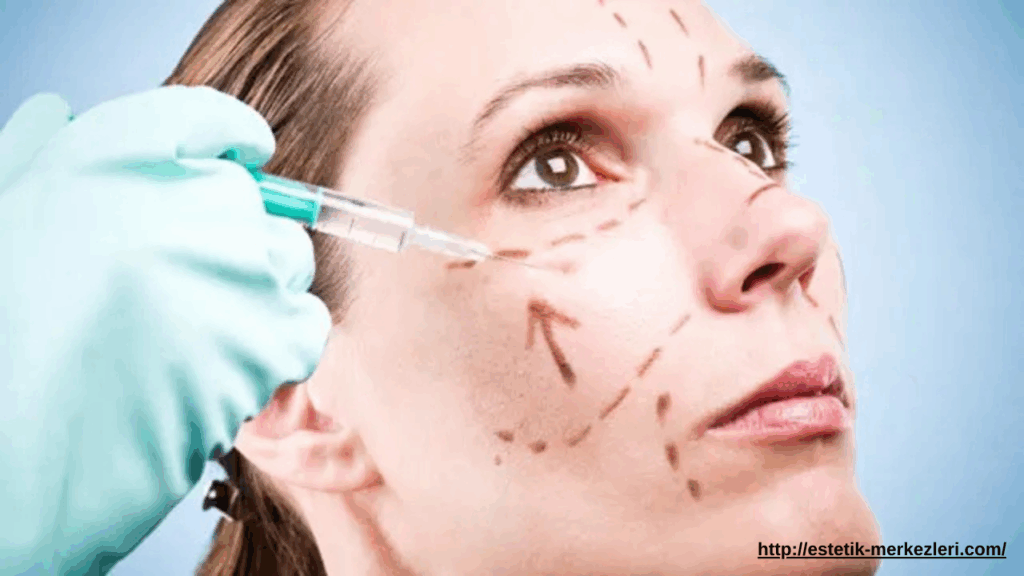
Cosmetic enhancements have become increasingly mainstream in today’s image-driven society. Once reserved for celebrities and the elite, aesthetic procedures are now widely available and often promoted as self-care or routine upkeep. While many find confidence in a little “nip and tuck,” for others, cosmetic work becomes a repeated cycle—one procedure followed by another, then another. Beneath the surface of these physical changes lies a more complex issue: the psychological toll of ongoing cosmetic enhancement.
From Confidence Boost to Emotional Crutch
Aesthetic treatments can offer a genuine boost in self-esteem. A smoother forehead, lifted cheeks, or a more defined jawline can help people feel more in control of how they present themselves to the world. However, when the desire for improvement turns into an obsession, cosmetic work can become a psychological crutch. Instead of occasional touch-ups, procedures become an emotional coping mechanism—used to chase an ever-changing ideal of perfection.
This is where the cycle begins. The initial procedure brings satisfaction, but the feeling can be short-lived. Soon, new “flaws” are noticed, prompting the next tweak. Over time, some individuals may find it difficult to stop, becoming reliant on aesthetic work for validation and self-worth.
The Role of Body Dysmorphic Disorder (BDD)
Body Dysmorphic Disorder (BDD) is a mental health condition where individuals obsess over perceived flaws in their appearance—flaws that are often minor or imagined. Many people with BDD seek out cosmetic procedures in the hope that physical changes will ease their distress. Unfortunately, cosmetic work rarely resolves these deeper issues.
Studies have shown that individuals with BDD often feel dissatisfied even after undergoing multiple procedures. Instead of relief, they experience renewed anxiety and may seek further changes, believing the next fix will finally make them feel whole. Without addressing the underlying psychological issues, the cycle of enhancement continues indefinitely.
The Influence of Social Media and Perfection Culture
Social media contributes significantly to this dynamic. Heavily filtered photos, curated selfies, and influencer “glow-up” trends set unrealistic beauty standards. When people constantly compare themselves to idealized, often edited images, they may start believing that their natural appearance is inadequate. This sense of inferiority can drive a strong desire for repeated cosmetic intervention.
Even well-meaning compliments or social approval after a procedure can reinforce the idea that beauty is tied to worth. As cosmetic work becomes more common, the pressure to maintain a certain look intensifies.
Breaking the Cycle: When to Seek Help
Recognizing when cosmetic enhancement crosses the line from empowerment to compulsion is key. Warning signs include constantly thinking about appearance, never feeling satisfied with results, hiding behind procedures, or avoiding social situations without recent treatments.
If cosmetic work begins to interfere with daily life or self-worth, it may be time to seek professional help—particularly from mental health experts familiar with appearance-related disorders. Therapy, self-acceptance practices, and building confidence from within can help break the cycle and offer long-term relief that no procedure ever could.